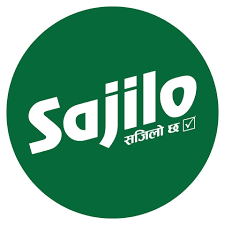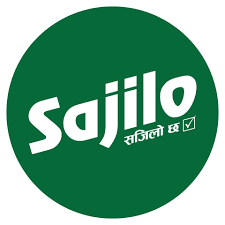
Kathmandu, September 10 — Nepal imported 11,701 electric cars and jeeps in the last fiscal year 2023-24, nearly three times more than the 4,050 imported in the previous fiscal year 2022-23.
The import of electric buses and microbuses, used for public transport, also saw a significant increase last year, with 1,330 such vehicles being imported. Additionally, 9,000 three-wheeled electric tempos were introduced.
Despite the rise in electric vehicle use, there has been little progress in developing the necessary infrastructure. Both government and private sector efforts to build adequate support systems for electric vehicles have been lacking. The Nepal Electricity Authority (NEA) has established 62 charging stations across the country. In August 2023, it launched 51 new stations, with 11 more added in the following year.
These charging stations are situated along major highways and in nearby markets. Approximately 40 million rupees were spent on their construction, funded by concessional loans from the Asian Development Bank and technical assistance from the Norwegian government.
Last year, the limited number of charging stations led to congestion and long wait times during the Dashain and Tihar festivals. This year, with around 12,000 new EVs on the roads and only 11 charging stations, the situation is expected to worsen. Charging times range from 30 minutes to an hour, depending on the vehicle's battery capacity.
Sagar Gyawali, in charge of the Nepal Electricity Authority's charging project, acknowledges that the current infrastructure is insufficient and plans to involve the private sector in expanding it. NEA is preparing to encourage private investment to address this shortfall.
The private sector has been slow to invest in charging infrastructure due to the high costs and long investment recovery periods. While some companies selling electric vehicles have expanded their service centers with charging ports, there has been limited progress in establishing professional fast-charging facilities. This has caused inconvenience for long-distance travelers outside the valley.
According to a study by the NEA, the cost of operating electric vehicles is significantly lower than petrol vehicles: 70 paisa per kilometer for electric cars, 80 paisa for SUVs or jeeps, 90 paisa for microbuses, and 1 rupee 20 paisa for large buses. NEA claims electric vehicles are 15 to 20 times cheaper to run than those using petroleum.
A committee led by Deputy Executive Director Manoj Silwal has recommended increasing the margin for the private sector from 20 percent to 100 percent to encourage investment in charging infrastructure. The committee also suggested raising the current charging fee by 2 rupees per unit. NEA has introduced three pricing categories: peak hours, off-peak hours, and other times, with charges ranging from Rs 4.45 to Rs 8.70 per unit.
The committee's recommendations are pending approval from the Electricity Regulatory Commission, which is required for any fee increase. NEA plans to implement these changes and promote private sector participation in building charging stations.
Since January 2021, the Nepal Electricity Authority has allowed homes, offices, and organizations to install their own charging ports, enabling electric vehicle owners to charge their vehicles at their own premises.
NEA developing integrated charging system
The Nepal Electricity Authority is working on creating an integrated system to address the issue of overcrowded charging stations. Currently, private sector charging ports and authority-operated stations function independently. The authority plans to launch an 'e-mobility service provider' to allow users to track the locations and availability of charging stations.
Once this system is operational, consumers will be able to see where they can charge their vehicles and estimate waiting times by using the app. By entering their departure point and destination, users will access relevant charging information. The authority aims to implement this system before December to alleviate current congestion.
Reducing trade deficits
Petroleum products have consistently topped the list of imports each year. According to the Customs Department, petroleum products worth 3.09 trillion rupees were imported in the fiscal year 2022-23, and 2.78 trillion rupees in 2023-24.
Electric vehicles (EVs) offer reduced maintenance costs. Experts suggest that because EVs require fewer spare parts, the need for importing such items for repairs is expected to decrease significantly. Last year, vehicle parts and spare parts were the third most-imported items in Nepal.
Currently, much of Nepal's electrical energy is wasted. The Nepal Electricity Authority reports that about 3,200 MW of electricity is connected to the national transmission line, but around 349 MW cannot be utilized due to issues with transmission line construction. Experts believe that accelerating the development of transmission lines and infrastructure for electric vehicles could help better use the country's energy resources.
Dhruba Thapa, former president of the NADA Automobile Association Nepal, says that EV maintenance costs are considerably lower compared to vehicles running on petroleum. Since EVs have fewer parts that need replacement, they contribute significantly to reducing the trade deficit.

